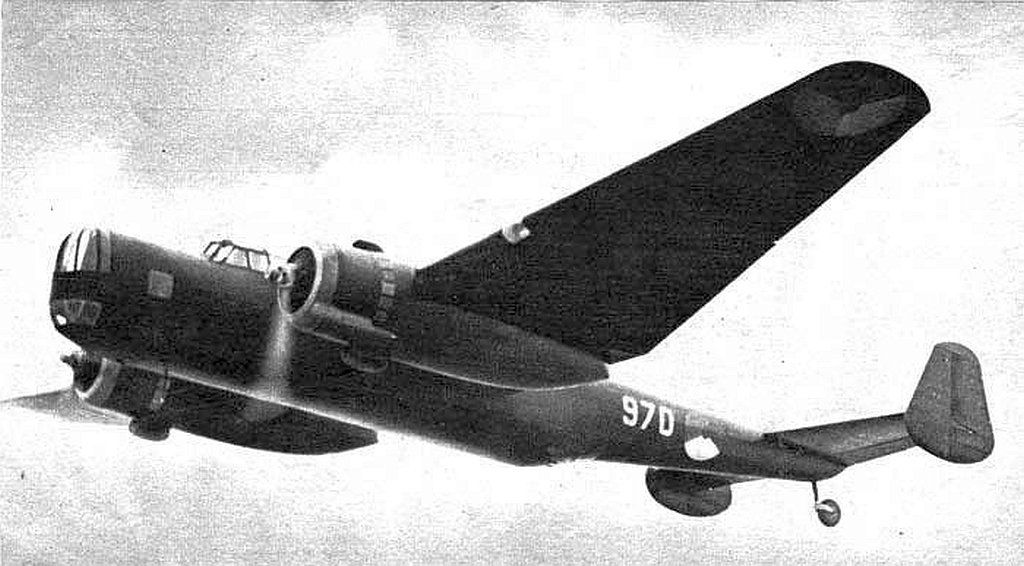The Fokker T.IX
In April 1938, the Fokker designers started working on the requirements of the LA-KNIL for an all-metal bomber.
The project was led by Chief Engineer Marius Beeling,
After a number of meetings between the Fokker designers and the LA-KNIL, the requirements package was drawn up.
Construction of the T.IX began in the summer of 1938.
Fokker had his very first experience with metal construction long ago in 1922, when he made the aluminium fuselage of the BI flying boat. The wing was still made of wood at that time.
The T.IX was an all-metal mid-decker with room for 5 crew members in the fuselage.
It had a wide horizontal stabilizer with double fins and was powered by two 14-cylinder Bristol Hercules engines of 1375 hp each.
A 20 mm cannon was mounted in the nose turret, two 12.7 mm machine guns in the rear of the fuselage, the bomb load could amount to a maximum of 2000 kg.
On September 10, 1939, pilot Hidde Leegstra made the first flight, accompanied by two mechanics.
On March 8, 1940, the T.IX was damaged when the landing gear folded away during landing at Schiphol.
After this accident the aircraft never flew again. It had made fifty flights with a total duration of 30 hours and 38 minutes.
The LA-KNIL did not include the aircraft in its fleet and Fokker did not produce the T.IX any further.
The T.IX did carry the Indian registration 701 for two weeks.
Click on the photo to enlarge the photo

























